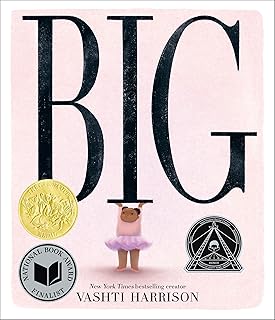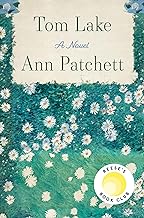--- Library Gild Update ---
The Arden Library Catalog is back Online!
Click here, a new window will open and you can view and search the catalog.
To reserve a book, send an email to theardenlibrary@gmail.com
NEW! Public access computer and printer available during library hours.
The Library Gild is currently accepting contributions for our book sale. We ask that, for now, you only bring us a bag or two. We will accept all books, even (especially?) in large quantities, beginning on August 1.
We've got great new books for you this month, so stop by the Arden Library!
New Hours:
Saturday 2 pm – 4 pm
Sunday 2 pm – 4 pm
Monday - Closed
Tuesday - Closed
Wednesday 7 pm – 9 pm
Thursday 2 pm – 4 pm
Friday: 2 pm - 4 pm

The Arden Library Invites Our Young Readers To Spend This Summer With...
Caldecott And Newbery!
That’s right. We have a wonderful collection of great, award-winning books for our young readers. We’re featuring the best-of-the-best of our collection during the summer.

We have a LOT of them.
How many, you ask? So many that we don’t think you can read through all of them in one summer–although we’ll be delighted to be proven wrong.
We’ll also feature some of these books during our Friday ACRA Reading sessions.
So, take the challenge! See how many books you can read. You’re guaranteed to have lots of fun, find some new favorite authors (and perhaps even learn stuff).
That’s this summer at the Arden Library!
Hear ye! Hear ye!
The Arden Library 📚 Community Survey has launched! For everyone, if you frequent the library, have never been or it's been a while since you visited.
Brief, just six questions, but your feedback will be very helpful.
Click Here to Take the Survey



